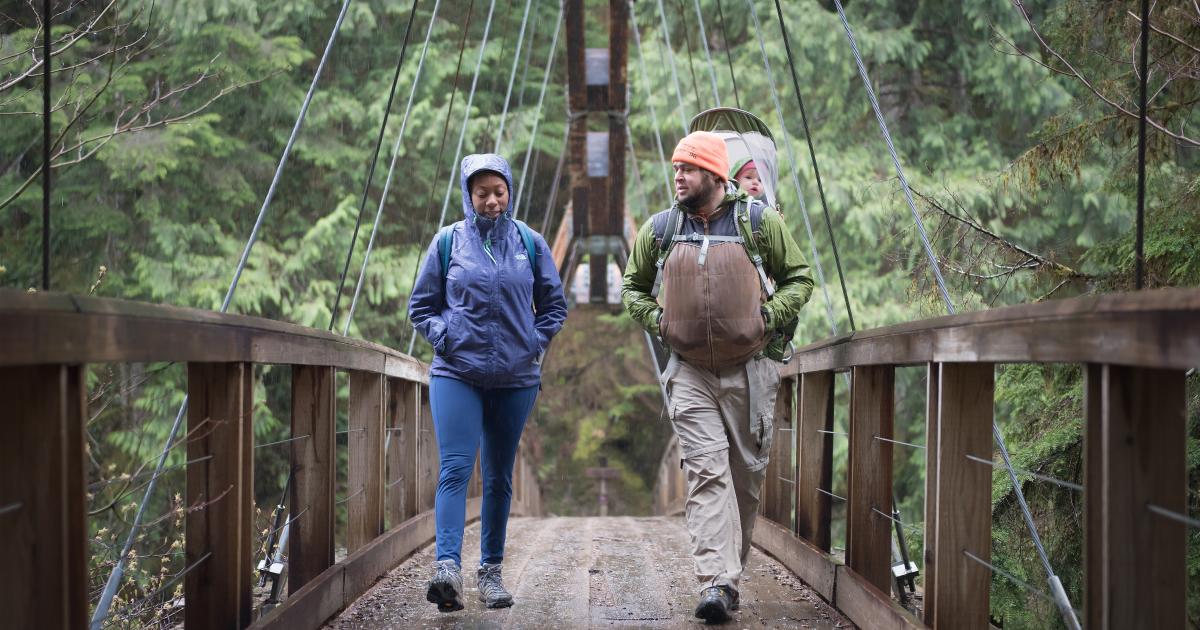brocksw
Well-known member
I don't think its necessarily a "narrative" that is akin to a propaganda for a certain cause. I think a lot of people just have their local honey holes or place they hunt regularly and what's going on there sort becomes this world view of what's going on in all of the places similar to their "spot".I did a lot of hunting in this country last season and was impressed with the weed management going on there. This goes against the narrative that some here are trying to promote. My first hand observations say something different. Read it or ignore it, I'll just leave this here for those who care to learn something.
The ND Little Missouri National Grasslands are infested with non-native grasses and trees, it wouldn't be hard for someone who doesn't know any better to just think that it's the fault of the USFS for poor management and most USFS land will be just like it, or the fault of the rancher for not spraying and all the public land with working ranches will be the same, or whatever entity you want to point your blame. It's not an agenda or narrative, it's just perhaps a lack of perception or understanding.





